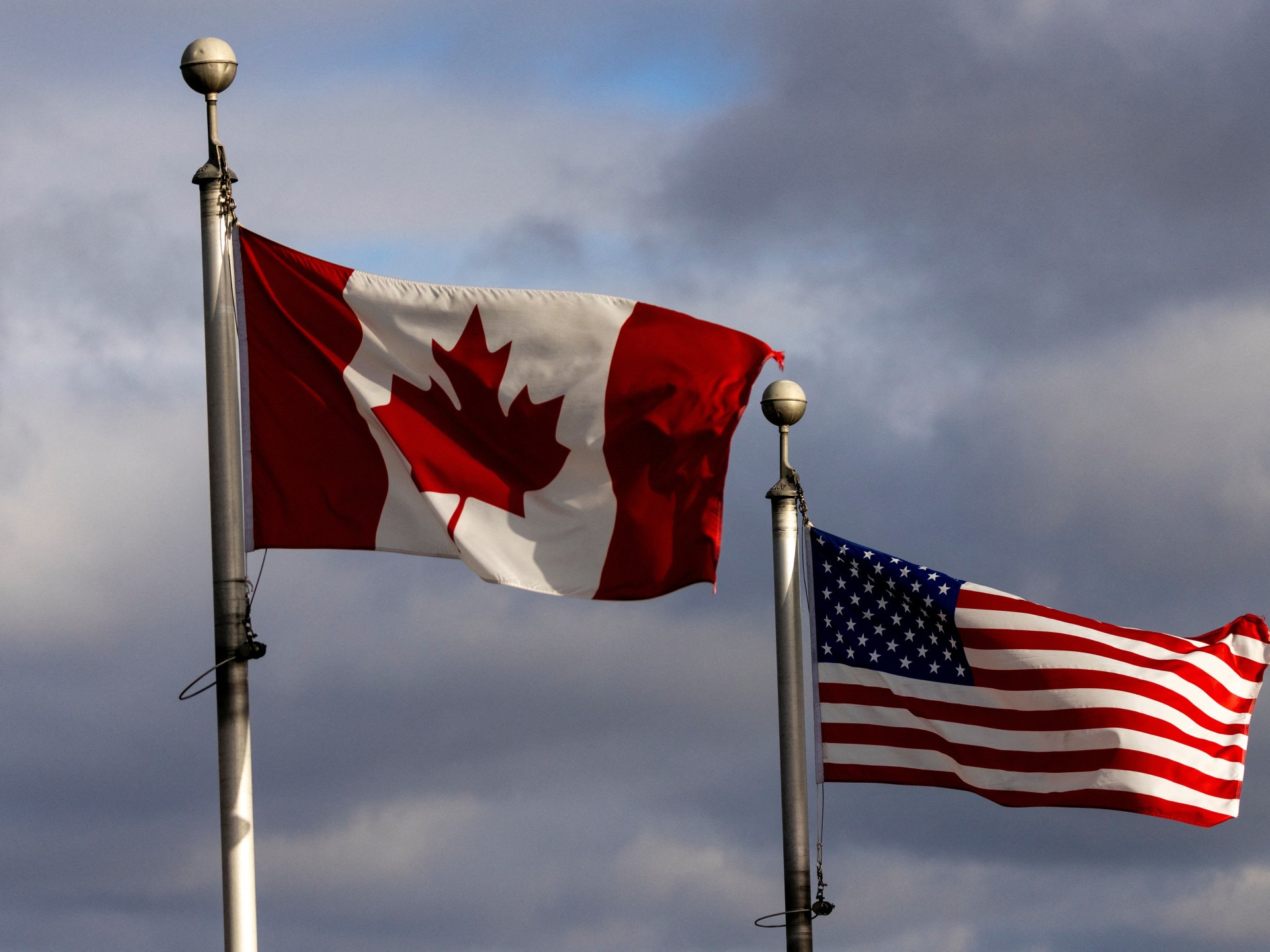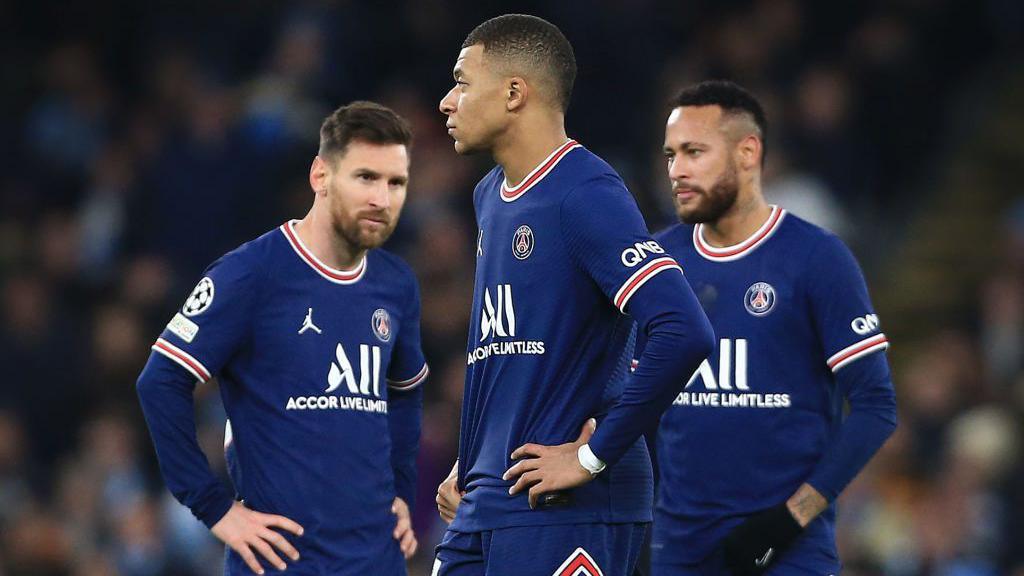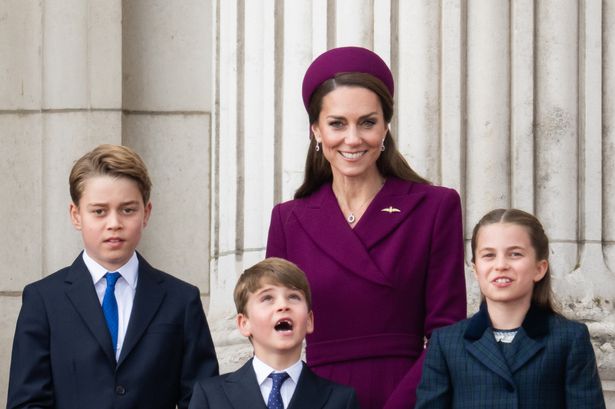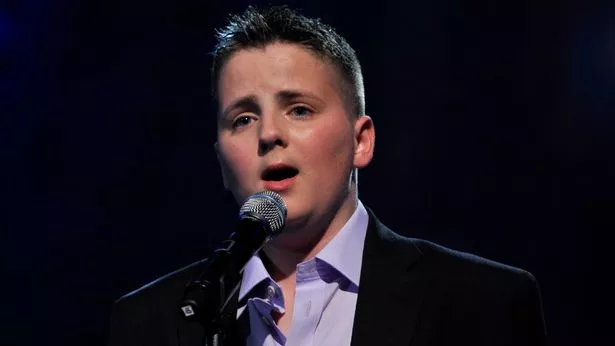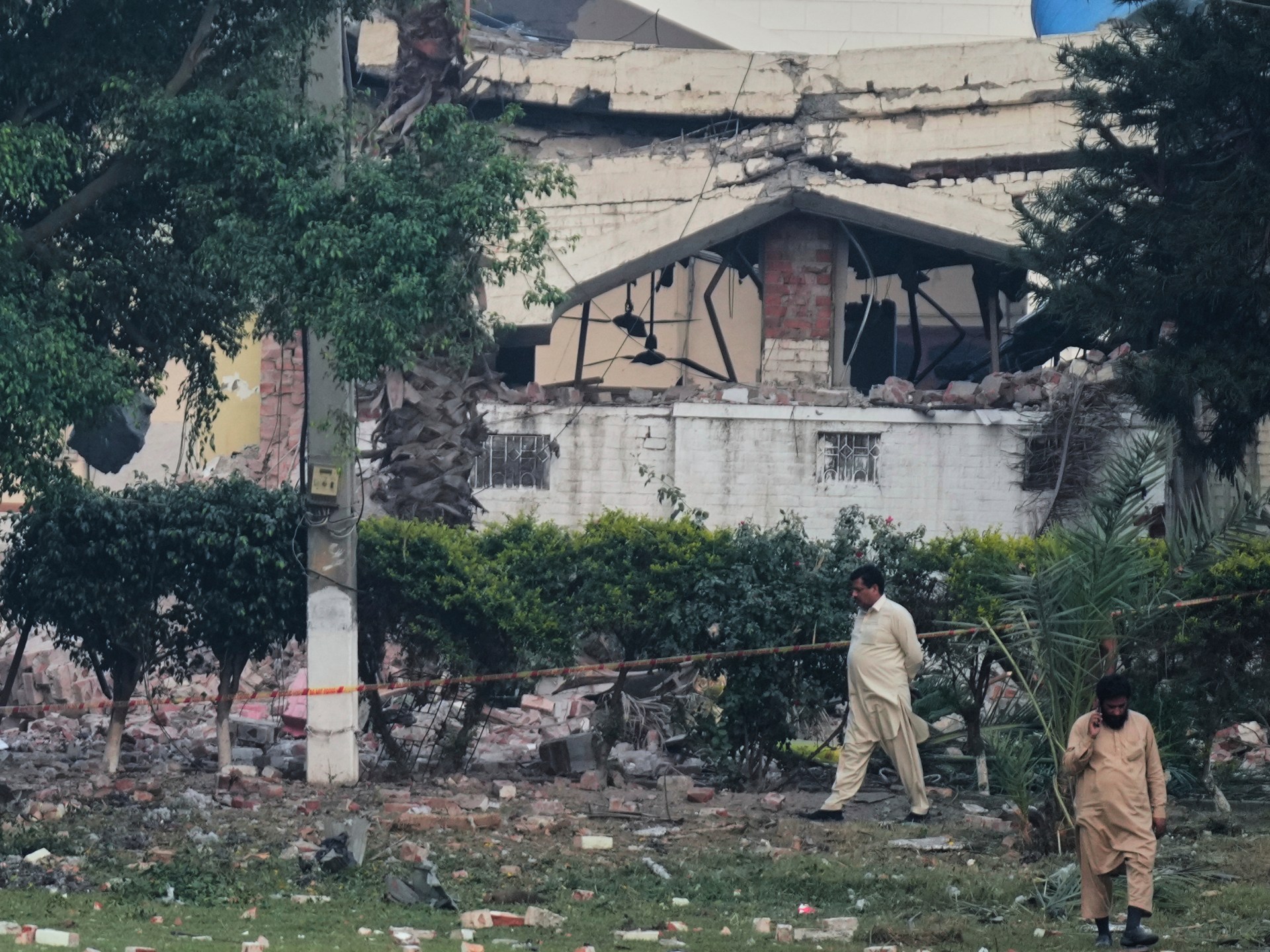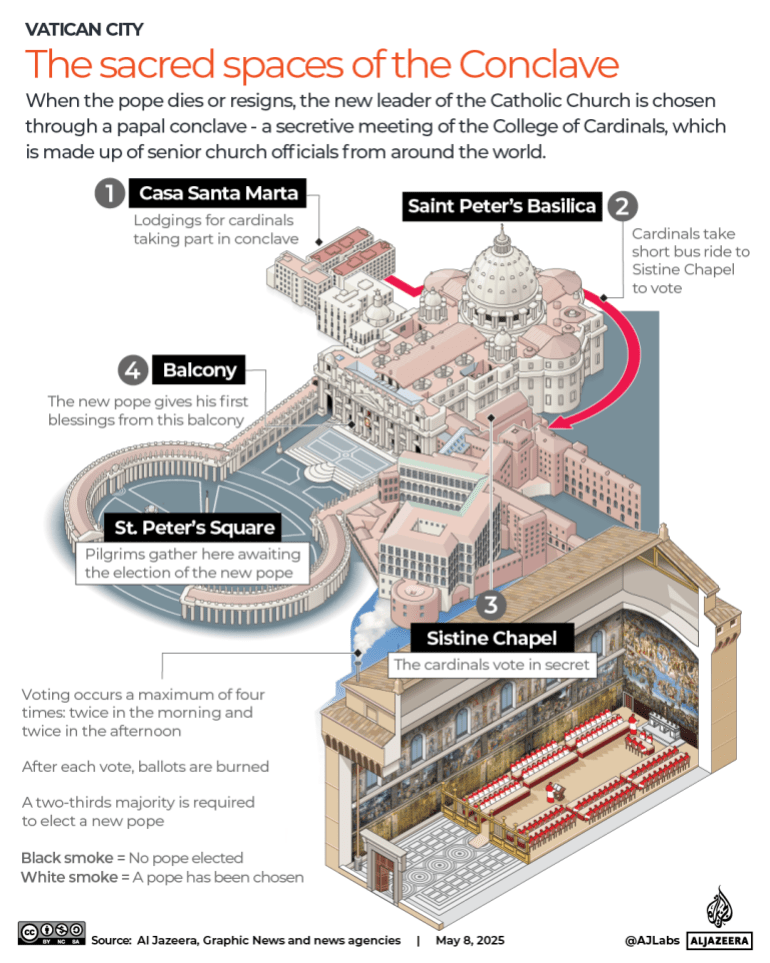Canadians have spent winter in Florida, trading the chilly weather for the Sunshine State’s sunny beaches and paying a premium at restaurants and hotels that welcome Canadian visitors.
Some Canadians are unsure about spending money in the United States because of President Donald Trump’s rhetoric and actions toward Canada. Trump has repeatedly proclaimed that Canada should become the 51st state in the US, referred to former prime minister Justin Trudeau as a “governor,” and imposed significant tariffs.
Canadians responded, “Excuse-moi”? and the Liberal Party of Prime Minister Mark Carney was elected on April 28. Additionally, many Canadians reportedly abandoned their Florida travel plans, according to a congressman in the state.
CNN’s Wolf Blitzer claimed he had heard from friends in Boca Raton, Florida, that many Canadians are avoiding visiting the state because of Trump’s actions in an interview with Representative Jared Moskowitz, a Democrat who represents parts of Broward and Palm Beach counties, on May 1. Have you noticed a decline in Florida’s tourism from Canada, Blurb asked Moskowitz?
According to Moskowitz, “The travel data is showing 80% less than what we’re seeing.”
His spokesman Christopher Bowman said Moskowitz referenced an April 2 report from WPTV, the NBC affiliate in West Palm Beach, when we asked for comment from the Moskowitz team. According to the WPTV report, “Airline reservations from Canada to Florida have decreased by 76 percent in April from April 2024.”
OAG, an aviation company, was mentioned in the WPTV report. The company claimed in a blog post that April bookings for the US-Canada market as a whole had decreased by 75.7 percent from March 2024. Florida-specific numbers were not reported.
OAG claimed that the nationwide decline “proves that travelers are hesitant to make reservations, likely as a result of the ongoing uncertainty surrounding the broader trade dispute.”
Other sources of data indicated a decline in Canadian travel to Florida, but much less than the 80% Moskowitz cited.
According to Visit Florida, the state’s tourism arm, more Canadians traveled to Florida by air (2. m) than by road (2 m).
Canadian tourism has decreased, but the full picture is not yet available.
Visit Florida announced that it won’t be able to access state-wide visitor data for the first quarter of 2025 until May 15. About 3.27 million Canadians visited Florida in 2024, or about 2% of all visitor numbers.
In February and January, according to the office of Governor Ron DeSantis, there was a “0.5 percent increase in Canadian air visitation” in Florida compared to the same months in 2024.
According to industry representatives, there have been decreases in airports and aviation firms.
Between May and August, there were 698, 000 scheduled airline seats, or seats made available by airlines, between Canada and Florida, according to OAG Chief Analyst John Grant. “That now stands at 628, 000, so a reduction of 10 percent”, he said. He noted that anyone who has booked a flight between Canada and the US is included in his company’s data, making a traveler from China, for instance, who travels via Vancouver to Denver.
According to Courtney Miller, the founder of the aviation data firm Visual Approach Analytics, the number of seats on Canadian airlines in Florida has decreased by 13 percent for May and by 10 percent for June compared to the same time period in 2024.
Miller said, “I have not seen any data that suggests 80%.” “We are seeing no more than 25% decline in overall Canadian travel to the US,” the report states.
Fort Lauderdale-Hollywood International Airport and Orlando International Airport, two Florida airports, both of which had the lowest monthly arrivals from Canadian airlines, were 20 and 12 percent lower from January to March 27, according to a Visual Approach Analytics analysis.
Travel is declining in other Florida counties as well. According to the analysis, Fort Myers and Palm Beach are both down 30% and 43%, respectively, compared to April schedules as they were before January 1, 2025.
A representative from Miami International Airport reported to PolitiFact that Canada’s arrivals dropped by 5.9% between January 1 and April 23.
There is also a decline in road travel between Canada and the US, according to national data.
In March 2025, according to US Customs and Border Protection data, 4.1 million people crossed the northern border, down from 4.9 million the previous year, or 17.4%, a decrease. The traveler(s) entering the US as tourists are not specified in the data.
Richard Clavet, the long-time motel and hotel owner of Hollywood, Florida, claimed Canadians have gathered at his properties for years to enjoy their hot dogs on Friday nights. Beginning in February, Cavet claimed to see a decrease in Canadian visitors.
Clavet, a native of Quebec, said that “a lot of them were blaming it on the political situation.” They objected to Trump’s treatment of their prime minister. Many of them cancelled because they wanted to boycott the US and make a statement.
According to Clavet, there are now 50% less Canadians staying at his properties than they did last winter.
Canadians typically book their next year in advance, but this year, Clavet said, this hasn’t happened.
They want a piece of the sun that is safe and the weather is perfect, according to Clavet, who has been working on it for years. I had a great time dealing with Canadians, and I hope they’ll return.
Our decision
According to Moskowitz, Florida’s tourism industry has declined by 80%.
His office cited information from an OAG-cited TV report. According to the company, April airline bookings for the US-Canada market overall decreased by 75.7 percent from 2024. Florida-specific numbers were not reported.
Other sources of data show a decline in Florida’s tourism from Canada, but not significantly less than Moskowitz’s estimate. For instance, Florida’s airports individually reported declines of between 6 and 43 percent over the past few months.
